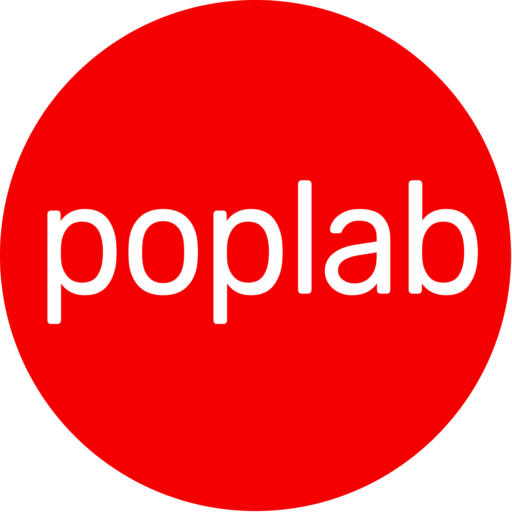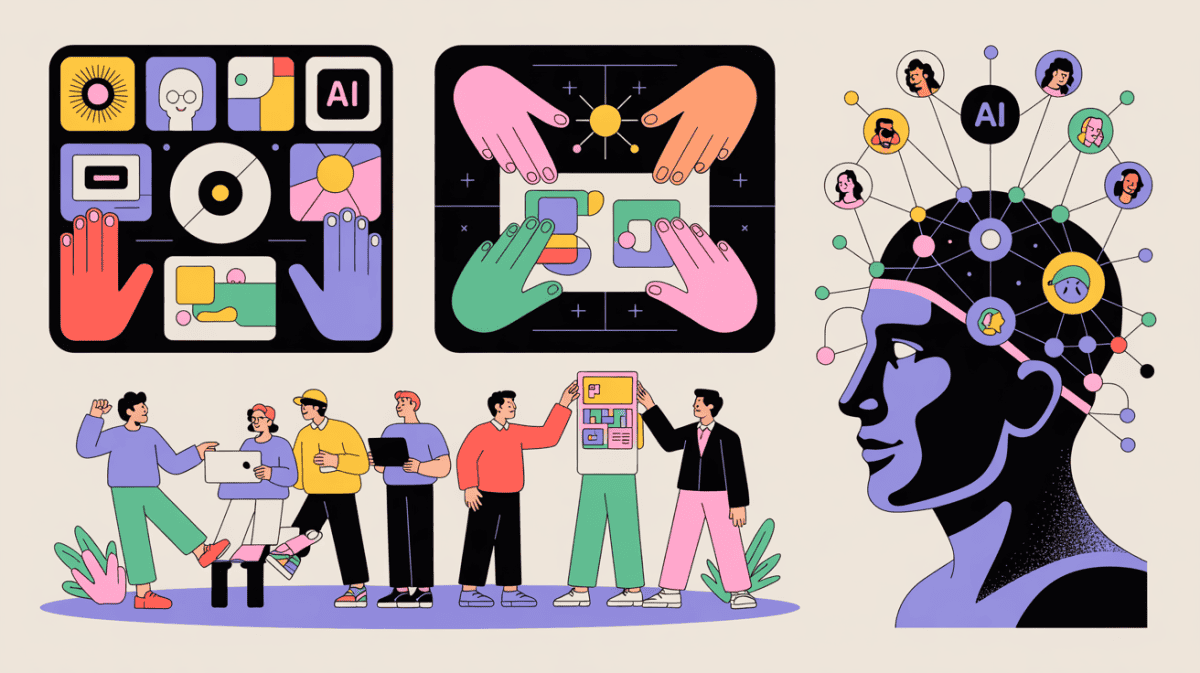Introduction: End of the Design Hero
For decades, the myth of the visionary lone designer—someone with an almost prophetic ability to see what people would want before they knew it themselves—has shaped not only our industry but our collective imagination. These so-called design heroes have been celebrated, commoditized, and, frankly, mythologized. They have been the subject of coffee-table books and Hollywood movies, their names attached to luxury brands or world-changing apps. But in 2025—a year when AI can sketch, generate layouts, iterate on proposals, and even rigorously critique our work in seconds—this myth is not just outdated, it’s dangerous. Believing in the lone genius model holds entire organizations back, breeds ego-driven dead-ends, and ignores the true engine of digital innovation: bold collaboration between diverse human perspectives and relentless algorithmic partners.
Moving Past Individual Brilliance
Today, AI agents—unburdened by human bias, hierarchy, or career ambition—are exposing inefficiencies and habits lurking beneath the surface of the so-called ‘creative genius.’ The best digital products now emerge from cross-functional, hybrid teams where humans and machines work in concert. In these spaces, original thinking is less about one dominant voice and more about listening, orchestrating, and synthesizing perspectives. Google’s AI-powered UX research tools, for example, now enable real-time analysis of user feedback, erasing the boundaries between research and design. At Spotify, generative AI helps teams prototype radically new experiences in hours, not weeks, inviting every team member—designer, developer, data scientist, even marketing—into the creative process. Individual brilliance shines brightest when it’s reflected, bounced, and refracted by many lenses, not kept under a single ego’s armor.
Power Shift: Human Intuition x Machine Intelligence
Here’s the subtle—but critical—breakthrough at the intersection of AI and design: speed isn’t the real story. Productivity gains are just the opening act. The main event is humility—the realization that designers are no longer (and possibly never were) all-seeing storytellers who hand down pixel-perfect visions. Instead, designers become orchestrators, teaching machines about nuance and context, while learning from algorithmic pattern recognition that surfaces new insights, anomalies, and even creative blind spots. Consider Figma’s AI-driven prototyping tools, which push creatives to test assumptions at every turn, or autonomous design agents that refused a “fashionable” homepage layout for a major e-commerce launch, flagging it as less accessible and less likely to convert with neurodiverse users. The next leap isn’t in faster layouts, but in surfacing what no single mind could see alone.
Breaking the Cult of Solo Design
Solo design culture, with its hackathons, lone portfolio websites, and awards galas, is losing relevance as the landscape shifts from competition to co-creation. Traditional design education put a premium on the auteur’s signature style—often at the expense of empathy, dialogue, or critical self-reflection. Hybrid teams powered by AI and diverse human experience are rewriting this script: projects become shared ecosystems where authorship itself is decentralized. Atlassian’s Confluence AI, for instance, streamlines the creative process by making every iteration and every contributor visible, trackable, and improvable. As a result, risky ideas get a safety net, power dynamics flatten, and the work itself—rather than its authors—takes center stage.
Collaboration Frameworks for an AI-Integrated Product Studio
What do the most forward-thinking design leaders do to put these theories into practice? First, they treat AI as a teammate, not as a tool or threat. That means:
Prioritizing psychological safety: in bold, uncertain spaces, it’s okay for everyone—not just the most senior designer—to be wrong, to experiment, to fail fast.
Spotify’s cross-disciplinary squads are often cited as a model: these teams rely equally on AI-driven user insights, Nielsen heuristics, and wild-card judgments from junior creatives. No one owns the solution—the solution is discovered, refined, and shared.
Brave New Roles: What Tomorrow’s Product Talent Looks Like
To thrive at the intersection of AI and design, become a facilitator and explorer who champions transparency, democratizes credit, and values collective momentum over solitary genius. Embrace “machine-inclusive ideation” as highlighted by IDEO’s experiments—where teams leveraging AI generate twice as many usable concepts and experience boosts in morale and sustainability. Prioritize learning from machines as dynamic partners, orchestrate input from varied stakeholders and data sources, and treat blind spots not as failures but as valuable signals. The skill of the future isn’t dominating with the loudest vision, but inviting contradiction, collaboration, and courageous risk-taking; let AI challenge your process, use data to uncover what’s missing, and share credit for wins and failures alike. Regular “AI+Human retrospectives” should spotlight both blind spots and breakthroughs. Ultimately, the real risk lies not in surrendering control to machines, but in clinging to ego-driven traditions—the future of product design belongs to those who build with radical humility and generosity, beyond the outdated lone genius model.


Leave a Reply